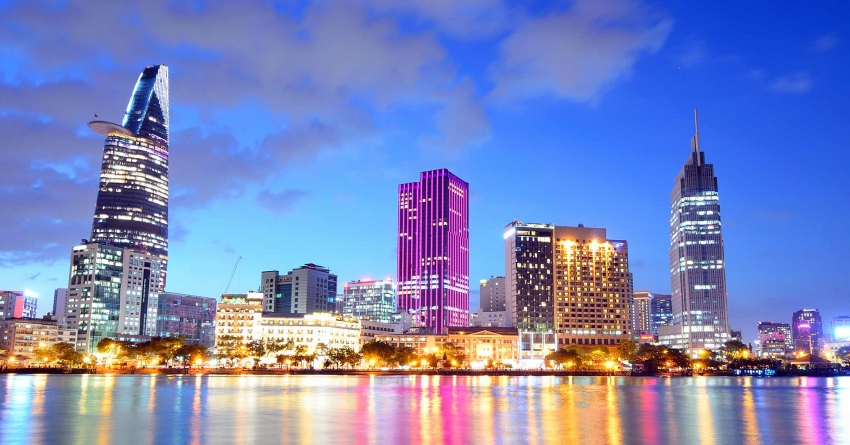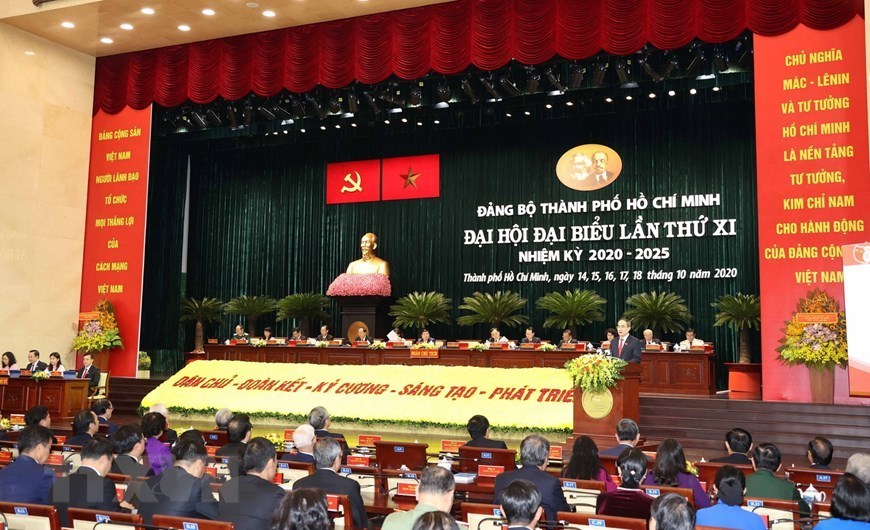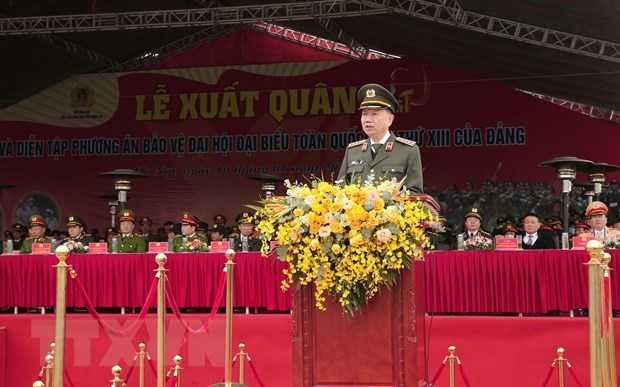The National Congress, held every five years, will choose the country’s new leadership and set socio-economic goals for the next 5-10 years. All eyes will be on who the next “four pillars” will be, namely who will fill the top four positions: party general secretary, prime minister, state president, and chair of the National Assembly.
 |
That said economic policy is expected to be largely consistent without significant changes. In each congress session, key economic goals, including GDP growth and GDP per capita for the next five years will be unveiled, according to HSBC.
Due to pandemic challenges, Vietnam’s 2016-2020 average GDP growth only reached 6 per cent, missing its target of 6.5-7 per cent set in the 12th National Congress in 2016. In October 2020, Vietnam’s Ministry of Planning and Investment proposed a 6.5-7 per cent growth target for 2021-2025, with a GDP per capita target of $4,700-5,000 by 2025. In the first week of 2021, the government set its 2021 growth target at 6.5 per cent.
Over the medium term, Vietnam strives to become an upper-middle country by 2030 and ultimately a high-income one by 2045. In addition to multiple quantitative targets, it is also worth watching what specific national priorities Vietnam will pursue. One of the key topics is Vietnam’s economic relations, particularly with China and the US, its top two trading partners, HSBC noted.
Back in the 5-year Socio-Economic Development Plan for 2016-2020, infrastructure was set as an economic priority, particularly in areas such as transportation and energy. It explicitly mentioned the construction of three key national projects, the North-South Expressway, the North-South Railway, and Long Thanh International Airport.
In some previous publications, HSBC has flagged a dilemma Vietnam has been facing: limited fiscal space due to its elevated public debt amid an ambitious push for infrastructure development.
Fortunately, Vietnamese authorities have pursued structural reforms in this area. In 2020, the long-anticipated Public-Private Partnership Investment (PPP) Law was passed and has come into effect from January 1, 2021, aiming to solve lingering issues concerning private investors and encourage their participation in mega-projects. Another key focus is centred on the privatisation/equitisation of state-owned enterprises (SOEs).
During 2011-2015, almost 600 SOEs were equitised, meeting 96 per cent of the target. However, the process has stalled significantly since 2016. From 2016 to September 2020, only 37 out of 128 SOEs were equitised, less than 30 per cent of the target. While the pandemic partly played a role, factors such as auditing and land management may have slowed the process. Meanwhile, the Ministry of Finance is working on an SOE restructuring plan for 2021-2025, which could turn into a more detailed roadmap at the upcoming 13th National Congress. VIR
Luu Huong

A look back at previous 14 Party Central Committee conferences
During the past five years the Communist Party of Vietnam’s Central Committee has held 14 conferences and adopted 10 important resolutions. Following is the timeline for the past 14 conferences and 10 resolutions.

Forces ready to ensure safety for 13th National Party Congress
Relevant forces have embarked on the task of ensuring security and safety for the upcoming 13th National Party Congress which is scheduled to open on January 25.